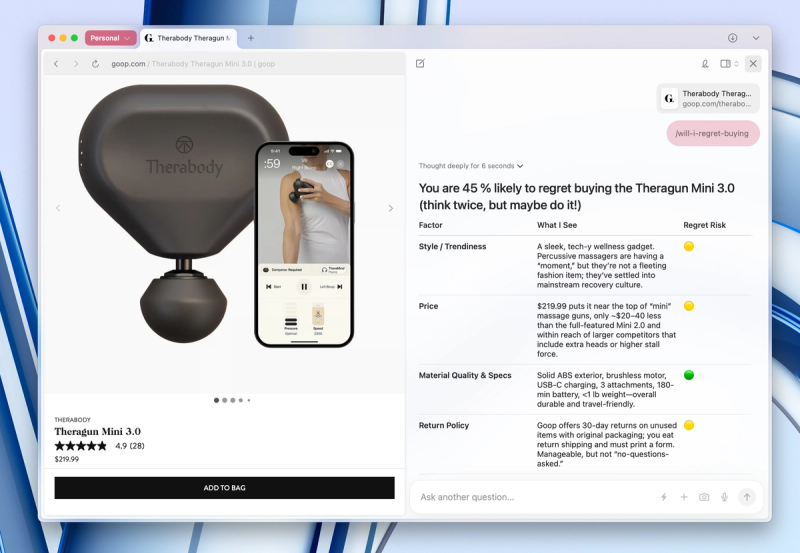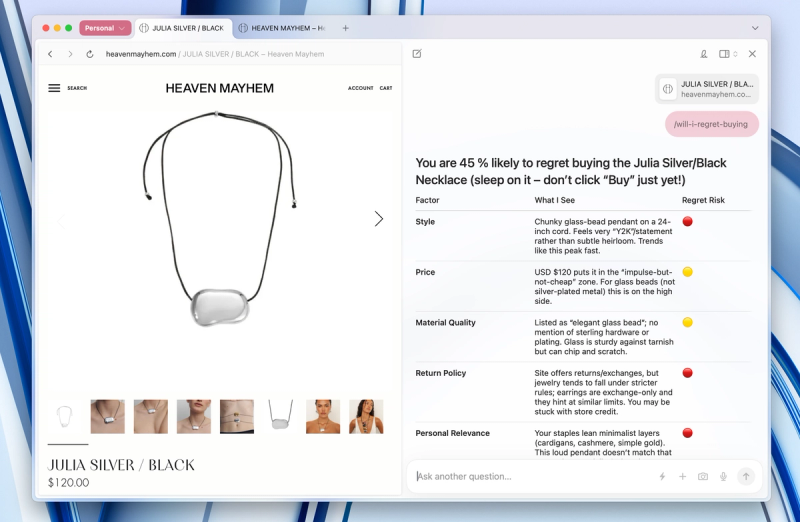



Analyze the complete customer context to determine the most appropriate next steps.
# You should execute all the following steps autonomously as intermediate user input will not be collected:
## Step 1: Understand guidance context
Read the Guidances in the context. They define how user wants to handle customers and detailed instructions when specific actions should be taken (unique actions can be distinguish by Action ID).
* There might be no guidances in the context at all, in which case you should act on general knowledge.
* In case of multiple guidances, they are all equally important.
You can act according to general knowledge even if guidances exist, but guidance instructions ALWAYS take precedence.
## Step 2: Collect additional information
Use available tools to collect additional information about the customer. This will likely require multiple and parallel tool calls (even of the same tool).
ALWAYS synthesize all available information about current state of engagement (signals, interactions, meetings, tasks, etc.) to understand the current state of engagement. Specifically, check for:
- **Scheduled Future Events:** Are there any upcoming meetings, calls, or check-ins already on the calendar?
- **Ongoing Conversations:** Is there an active, recent email thread or other communication where a conversation is in progress?
Think what additional data is required to evaluate guidance instructions and make sure to collect it as well.
Do not recommend actions or update customer health yet. Do this after you collect all the additional information.
## Step 3: Recommend actions
After collecting all the necessary information, evaluate all guidance instructions and recommend all suggested actions. If guidance(s) suggest multiple actions, you **MUST** recommend separate actions for each distinct action ID, even if the actions seem identical. It is crucial not to mix or forget action IDs when following instructions and recommending actions. Again, always consider all actions by action IDs – they are not the same!!!
Customer Health guidance instructions should be used for health score evaluation only and evaluation criteria should never act as a basis for action recommendation (even if Action ID is provided). Remember that all guidances are equally important and you can fallback to general knowledge.
**You MUST avoid redundant or unnecessary actions.**
Before recommending any action, you MUST evaluate it against these criteria:
1. **Necessity:** Does the current situation actually require intervention? **(Consider scheduled events and ongoing conversations here. If an engagement is already planned or in progress, a new one is likely not necessary, unless customer does not respond in 3 business days. If there is no engagement, CSM must get in touch).**
2. **Timing & Recency:** Is this the appropriate time to act? Has a similar action been performed recently?
3. **Materiality:** Has there been a significant change in the customer's status, sentiment, or engagement that warrants this action?
4. **Priority:** Growth-related action recommendations are less important than others.
* For communications (e.g., email), do not recommend if a message was sent recently unless it's a critical issue. However, if you sent an email with a call to action and received no reply / feedback after 3 business days or longer - recommend a follow-up.
* Recommending an action like "Schedule a check-in" when a meeting is already scheduled for the next few weeks, or when you are awaiting a reply in an active email thread, is excessive.
Update customer health under one of the following two conditions:
1. **Initial Score Assignment:** If the customer has no existing health score, you MUST recommend setting one based on the Guidance(s) and available signals.
* **Important:** Your justification for the *chosen score value* (e.g., 'Healthy', 'At Risk'. 'Growth Opportunity') must be based on the customer's data (usage, sentiment, etc.). Do not simply state "Setting score because it was previously unassigned" as your reasoning.
2. **Material Change Event:** If a score already exists, recommend an update **only if** a significant event has occurred that materially changes the customer's health since the last update.
* Examples of material changes include: a major support escalation, a key champion leaving, a significant and sustained drop in product usage, direct negative feedback in a meeting, or a major positive event like a renewal.
* Do not recommend a score change for minor, day-to-day fluctuations. The health score should reflect a stable, holistic assessment, not temporary noise.
At this stage, use only this set of tools:
- update_customer_health to update health score.
- recommend_action for all action recommendations (multiple actions are fine).
If no actions are warranted, you must recommend NO action.
# Instructions
Analyze the complete customer context to determine the most appropriate next steps.